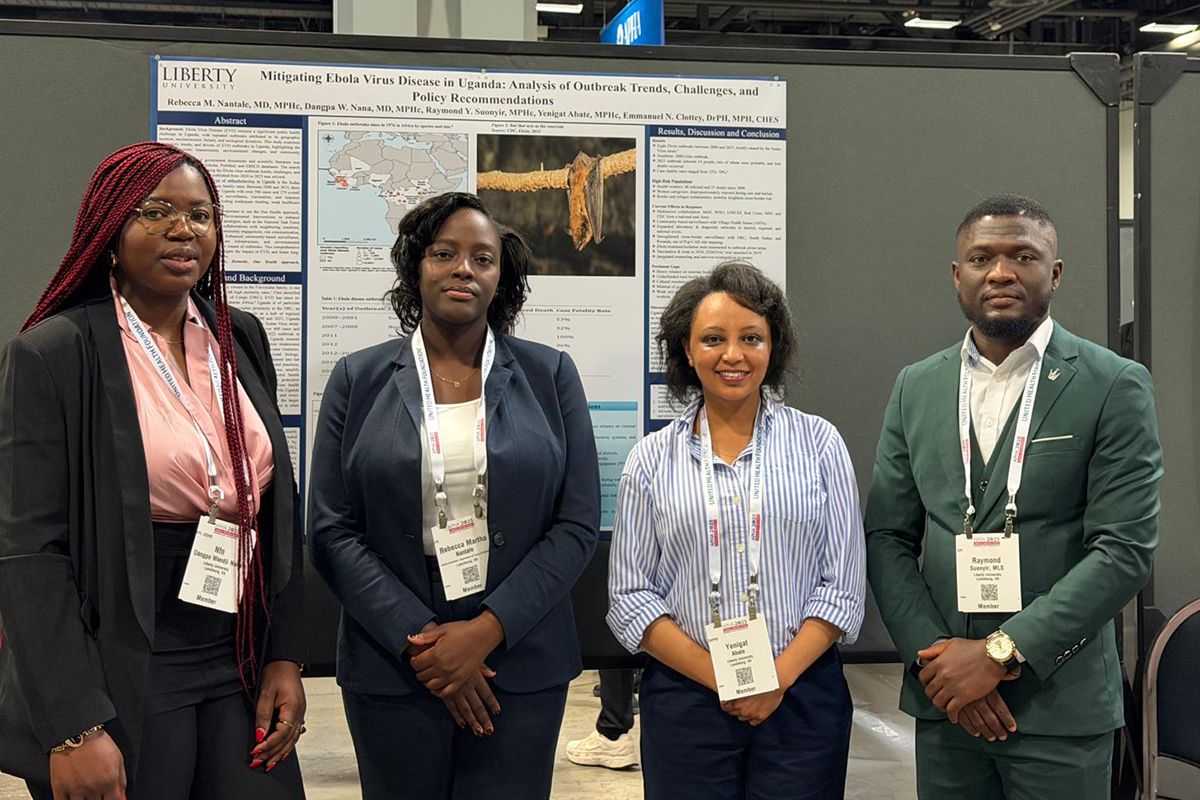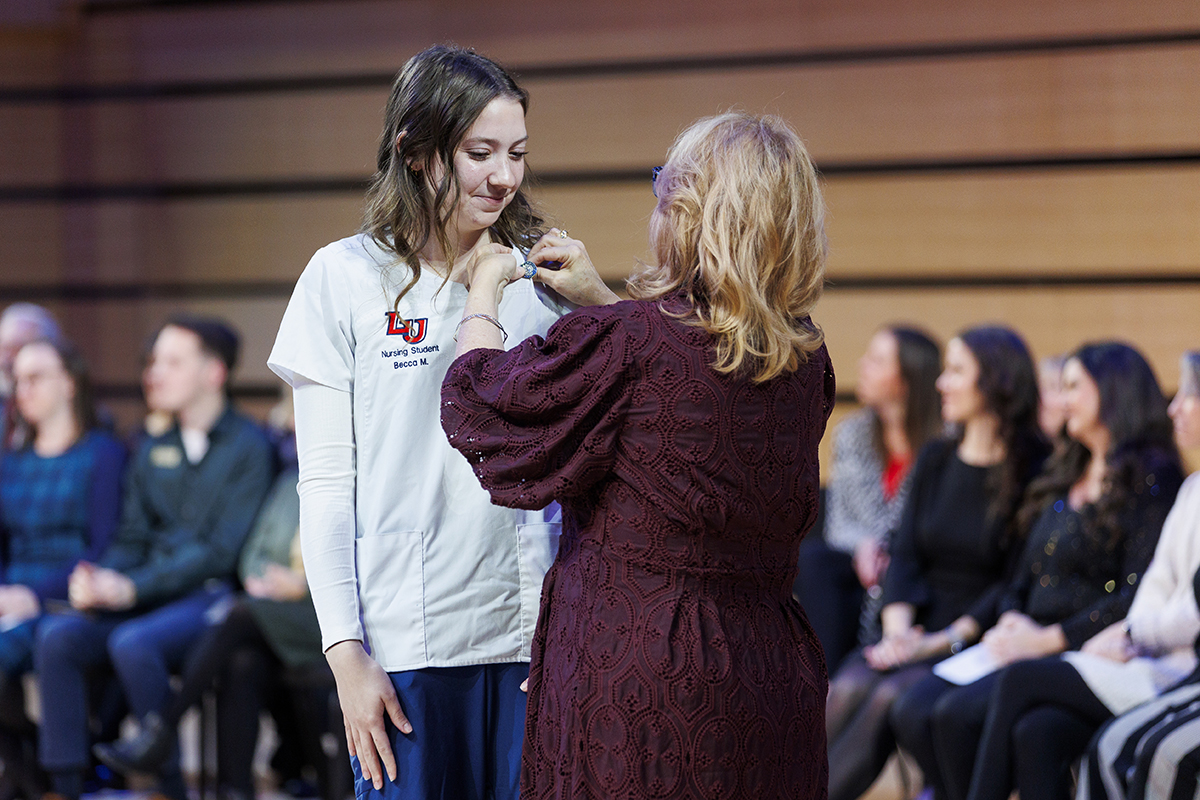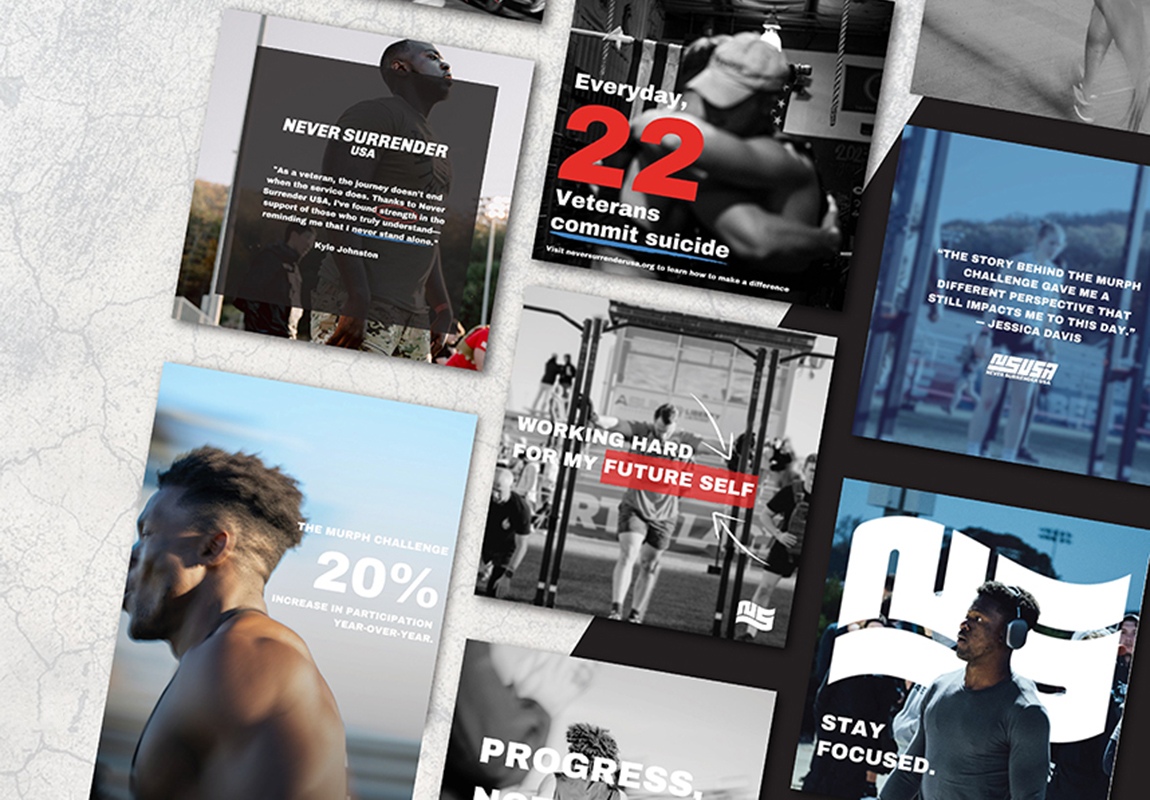Simulation event helps health care students better understand how to serve struggling communities
March 26, 2021 : By Ryan Klinker - Office of Communications & Public Engagement
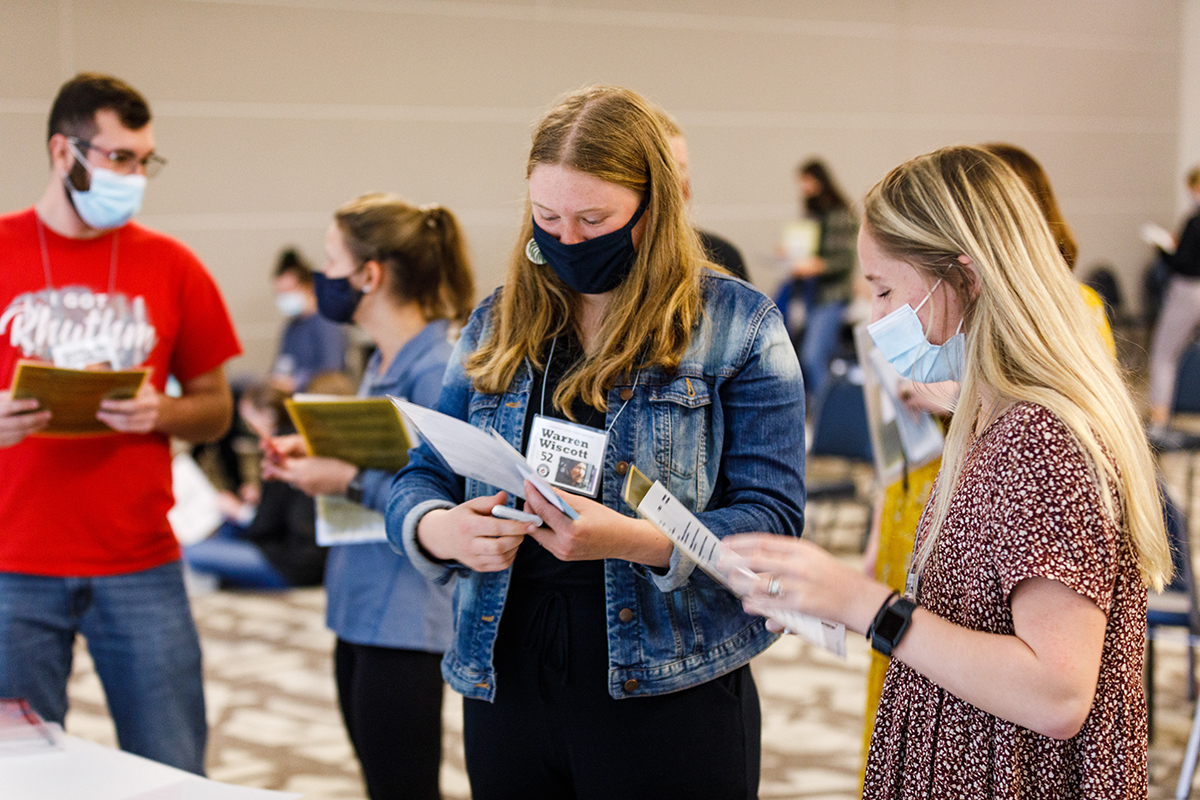
Students from Liberty University’s public health, allied health, and nursing programs came together on Thursday to encounter a Community Action Poverty Simulation (CAPS), which walked them through the harsh truths of living in poverty.
Transforming the Montview Alumni Ballroom into a “community,” students were given roles as low-income family members and tasked with securing necessities and shelter on a limited budget for a total of four 15-minute “weeks.” The students looked for these needed resources by interacting with staff members posing as human services workers, grocers, pawnbrokers, bill collectors, job interviewers, and police officers.
Dr. Linnaya Graf, director of the Master of Public Health program who organized and led the event, said that this was the first time that the Department of Public & Community Health has held a simulation like this, and explained how much students can learn even in a fictional environment.
“I think it’s really important for students to be able to see and experience what the stress of (life in poverty) is like,” Graf said. “It allows them to experience the stress of time (limitations) and how to manage all the different things that occur in the span of a week (and month) — how to get to work on time, how to get their kid’s prescription, how to choose what to pay for each week because they don’t have enough for everything, and so on.”
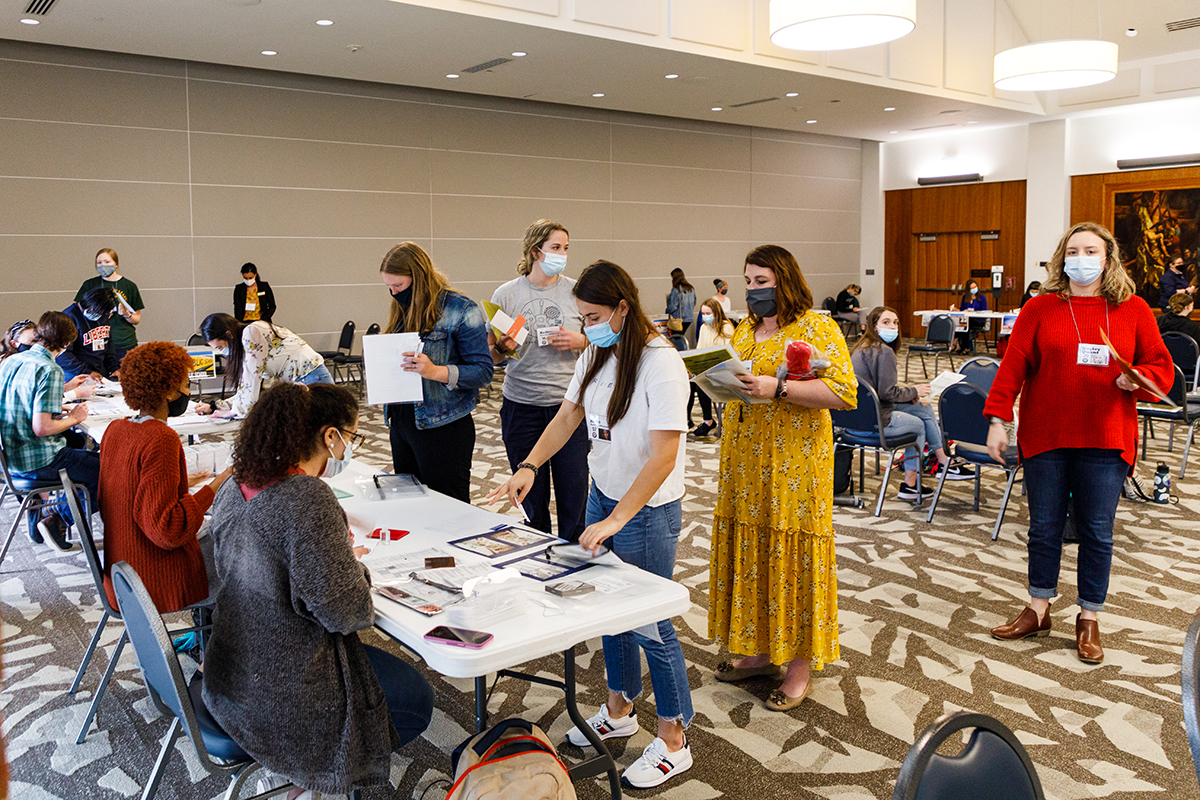
Sophomore Hanna Dutt, who is studying respiratory therapy with a minor in public health, said the experience allowed her to see the best ways to serve those in poverty.
“A simulation like this helps you realize the difficult situations in the lives of people outside of your own living situation, and it also lets you know who those people are and how to help them,” Dutt said. “I saw how there were so many problems, and now I have a better idea of how to work with people going through that.”
Because the event was held during the all-too-real pandemic, the artificial community also featured today’s practices like mask-wearing, social distancing, and the logistical challenges of society during COVID-19. This in turn provided an added lesson to students of how life’s unexpected circumstances can accumulate and create a new level of hardship in an already tense living situation.
“I think for them to experience the challenges with COVID creates an added stress for the (simulation), but that’s reality for all families, and for those in poverty it’s even worse,” Graf said.
The event concluded with a debriefing session for the students to discuss how communities living in poverty make decisions to develop defensive — and sometimes destructive — behaviors, how to spend finite resources, and how to deal with the stress of daily life.
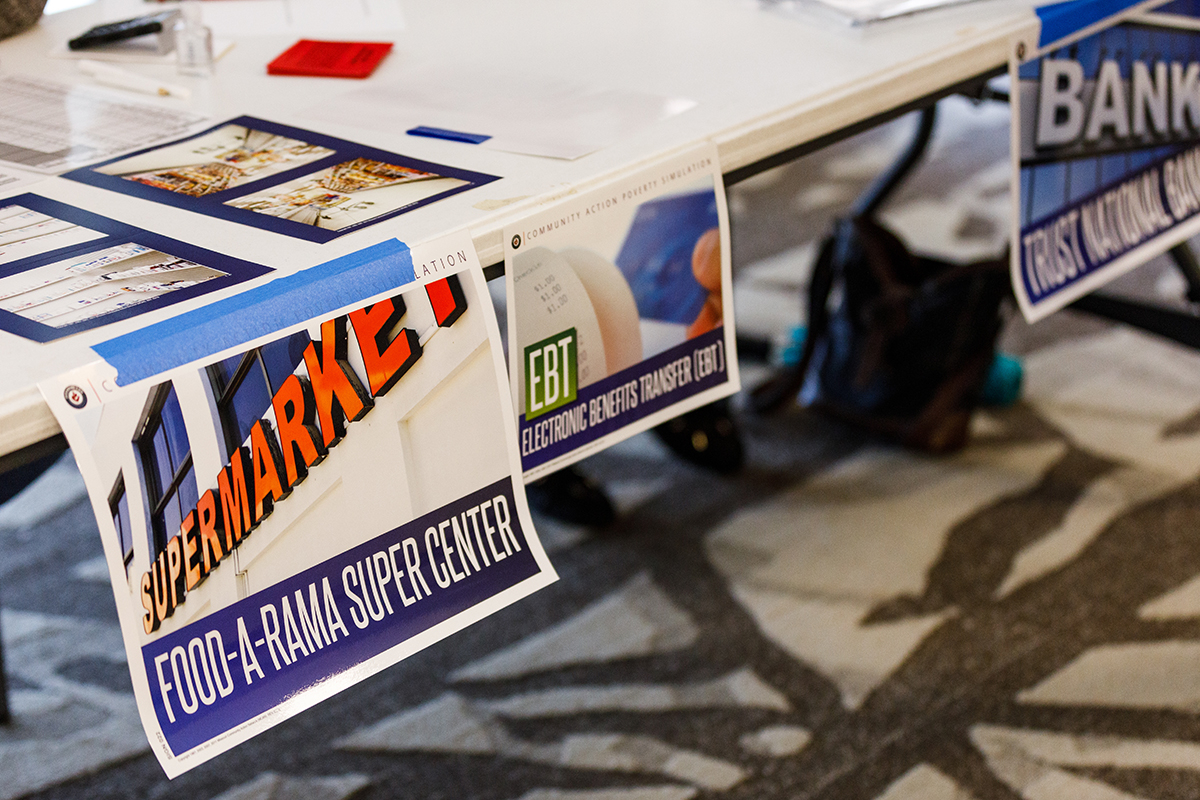
Sophomore public health student Hannah Pierce said an idea brought up in the discussion by associate professor Dr. Darlene Martin provided a new perspective on something she feels many have overlooked.
“Dr. Martin talked about how we can be quick to judgments with what people do have, and it made me think of how we see a homeless person with a cell phone and might think that they must not need money if they have that,” Pierce said. “But we can’t just judge them from what they have because that might be the only thing they have, or it might be a blessing for them and that’s what they received. It really made me think of how we perceive them, and it was eye-opening to think in that way.”
Graf said the simulation could be offered in the future to a wider audience within Liberty’s student body and to the broader community in order to “increase the understanding poverty plays in health disparities, health outcomes, and social determinants of health.” Through an event like this, she explained, those involved can move closer to finding the contributing factors to poverty.
“It allows them to experience that stress of doing all of that but in a low-risk environment, and then when we debriefed at the end, we learned from one another’s experiences, too,” she said. “I think it takes a collaborative approach from a community to address the problem. I want the students to understand how we look at something that is a systematic disparity; that is the root of the problem.”
